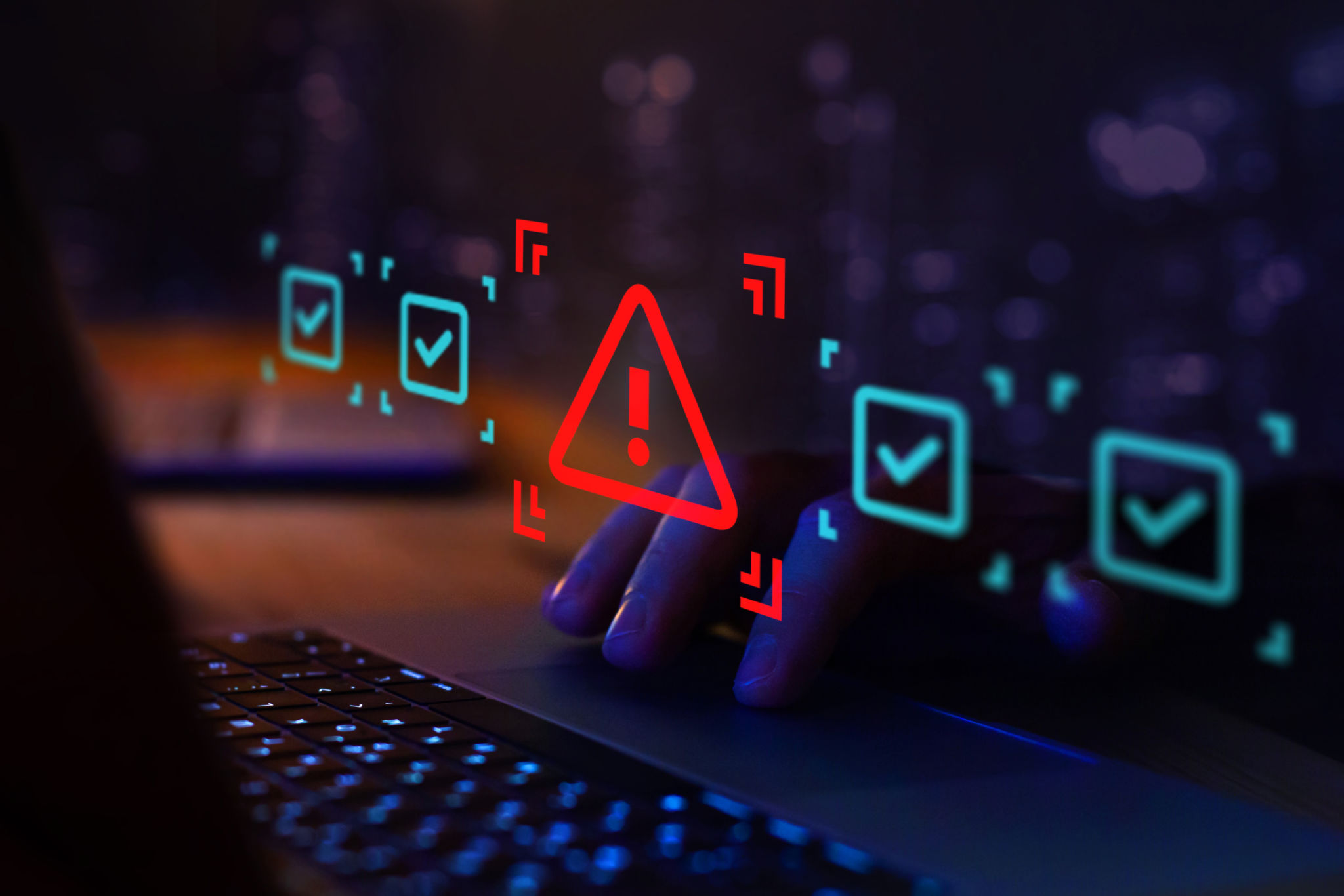Expert Tips for Maximizing Your Free Cybersecurity Posture Assessment
Understanding the Value of a Free Cybersecurity Posture Assessment
In today's digital age, cybersecurity is no longer a luxury but a necessity. Many businesses are leveraging free cybersecurity posture assessments to gauge their current security measures. These assessments offer a comprehensive view of vulnerabilities and help in creating strategies to fortify defenses. However, to truly benefit, it's essential to approach these assessments strategically.
A free cybersecurity posture assessment provides valuable insights into potential weaknesses within your IT infrastructure. By understanding its value, you can make informed decisions to enhance your organization's security posture. This proactive approach not only protects your data but also strengthens your overall business resilience.

Preparing for the Assessment
Preparation is key to maximizing the benefits of a cybersecurity posture assessment. Start by gathering all relevant information about your current systems and processes. This includes understanding your network architecture, software applications, and data storage solutions. Having this information readily available will facilitate a smoother assessment process.
It's also important to identify the key stakeholders who should be involved in the assessment. This typically includes IT professionals, security officers, and management teams. By involving these stakeholders early on, you ensure that the assessment covers all critical areas and that everyone is aligned on priorities and outcomes.

Set Clear Objectives
Before commencing with the assessment, setting clear objectives is crucial. Define what you aim to achieve from this exercise. Are you looking to identify vulnerabilities, improve regulatory compliance, or enhance incident response capabilities? Clear objectives will guide the assessment process and help in measuring its success.
During the Assessment
During the assessment, ensure active communication between your team and the assessors. Ask questions and seek clarification on any findings that are not immediately clear. This is a learning opportunity that can significantly boost your understanding of cybersecurity practices.
Take detailed notes on the recommendations provided by the assessors. Pay special attention to the areas identified as high-risk. These are typically where your immediate focus should lie in terms of remediation efforts.

Post-Assessment Actions
Once the assessment is complete, it's time to act on the findings. Prioritize the remediation efforts based on risk levels and resource availability. Develop a roadmap that outlines clear steps and timelines for addressing each vulnerability identified.
Implementing the recommended changes promptly will mitigate risks and enhance your security posture. Consider periodic reviews and updates to your cybersecurity strategy to adapt to evolving threats and technology advancements.
Continuous Improvement and Monitoring
Cybersecurity is not a one-time task but an ongoing process. Establish a routine for continuous monitoring and improvement based on the insights gained from your assessment. Regularly review and update your security measures to ensure they remain effective against new threats.
Investing in employee training and awareness programs can also play a significant role in maintaining a robust cybersecurity posture. An educated workforce is one of your best defenses against cyber threats.

The Benefits of Regular Assessments
Finally, consider scheduling regular cybersecurity posture assessments as part of your organization's security protocol. These assessments can help you stay ahead of potential threats and ensure that your defenses are always up to date.
By consistently evaluating and improving your cybersecurity measures, you not only protect your business but also build trust with customers and partners who rely on you to safeguard their data.
